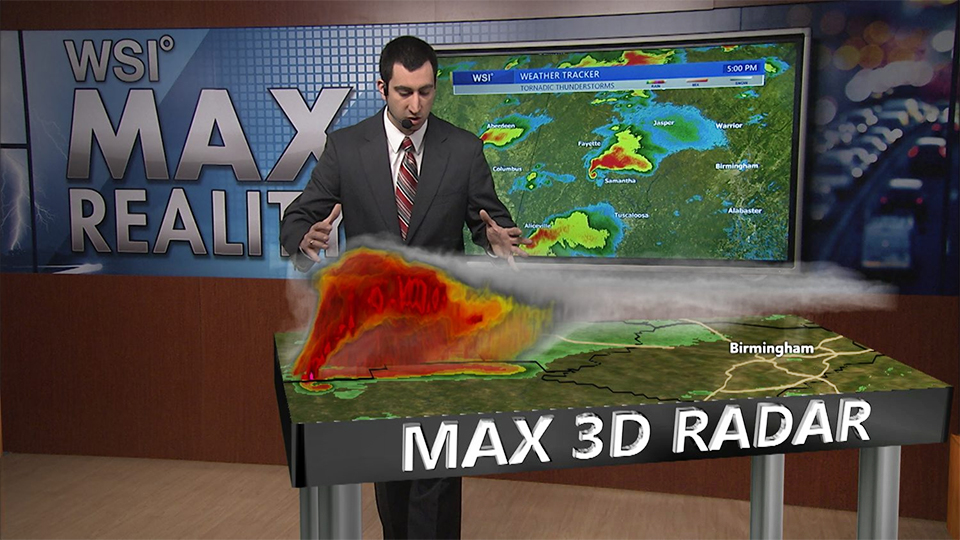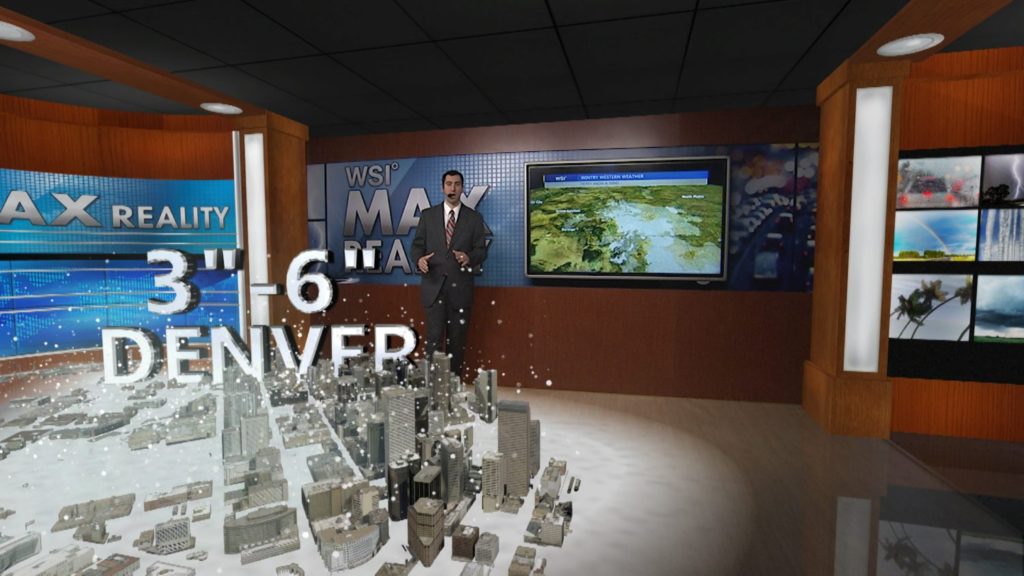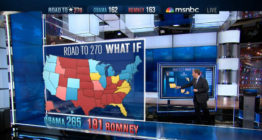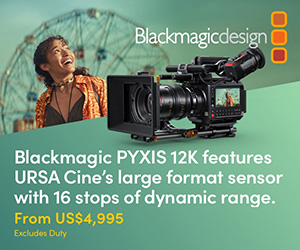Transforming audience engagement with augmented reality

Weekly insights on the technology, production and business decisions shaping media and broadcast. Free to access. Independent coverage. Unsubscribe anytime.
The same augmented reality technology that makes Snapchat filters and Pokemon Go addictive can transform TV broadcasts into captivating experiences that engross your audience.
Augmented reality superimposes digital images or text on live video in real-time. The use of this technology allows broadcasters to explain and tell stories in entirely new ways, and it couldn’t be more needed.
According to recent Nielsen figures, between 2011 and Q3 2016, traditional TV viewing by 18-24-year-olds dropped almost 10 hours per week. The only population to increase TV viewership over the 5-year period were those over 65 – and their growth is slow. What’s more telling is where decreased TV watching hours are going. If you guessed towards outdoor activity you’d be wrong. The audience is simply moving to different screens; the mobile device and computer. Also, the transition of media consumption from ad-supported broadcasts to paid subscription services is a terrifying reality for an industry that makes its money selling TV broadcast advertising.
This is particularly relevant for weather and traffic broadcasters who must compete not only with other TV stations, but with on-demand forecasts and reporting and digital content. But don’t despair, there is good news. A panel research study conducted by The Weather Company, an IBM Company, confirms segments that feature augmented reality are more engaging and keep viewers tuned in longer than standard broadcasts.
Broadcasters can slow the TV broadcast decline by offering experiences that can’t be had on the small screen.
- 62% of panelists rated the augmented videos as Excellent or Very Good relative to other weather/traffic reports they have seen on TV.
- 34% of panelists reported they would tune into their local TV news affiliate MORE OFTEN if they presented weather and/or traffic information with augmented reality graphics.
- 64% of panelists would likely stay tuned in longer to their local TV news affiliate if they knew this type of graphical presentation of the weather or traffic was coming up in the next segment.


Example of TWC’s Max Reality AR Solution
The appeal of augmented reality is intuitive but many believe using it can be overwhelming to put into production. In fact, there are three common myths that hold TV stations back from embracing the technology.
Myth #1: To leverage augmented reality, you need a large set and complex camera tracking system
The truth is something quite different. While camera tracking systems add flexibility, a fixed camera can be highly effective. Broadcasters can use their existing set. They can even leverage augmented reality in outdoor venues where there is no set.
Myth #2: Broadcasters will have to retrain themselves to use augmented reality
Luckily, that’s not true either. It’s easier to use augmented reality then you think. In fact, broadcasters have been leveraging green screen technology for decades and the right tools make the transition seamless without adding time to the workflow.
Myth #3: The technology burden of using an augmented reality system is high.
Here again, the truth is quite the opposite. Advanced systems integrate fully into your existing broadcasting tools and virtually eliminate any extra IT burden or large infrastructure investment.
As TV audiences become more distracted, it’s imperative we use every tool available to secure their attention and loyalty.
Augmented reality is an exciting way to recognize your audience’s need for differentiated big screen experiences. Are you taking advantage of it?





tags
Augmented Reality, Augmented Reality for Broadcast, The Weather Company, Traffic, traffic maps, Weather, Weather Company, weather coverage, weather data, weather graphics, weather system
categories
Augmented Reality, Virtual Production and Virtual Sets, Featured, Thought Leadership, Traffic, Voices, Weather